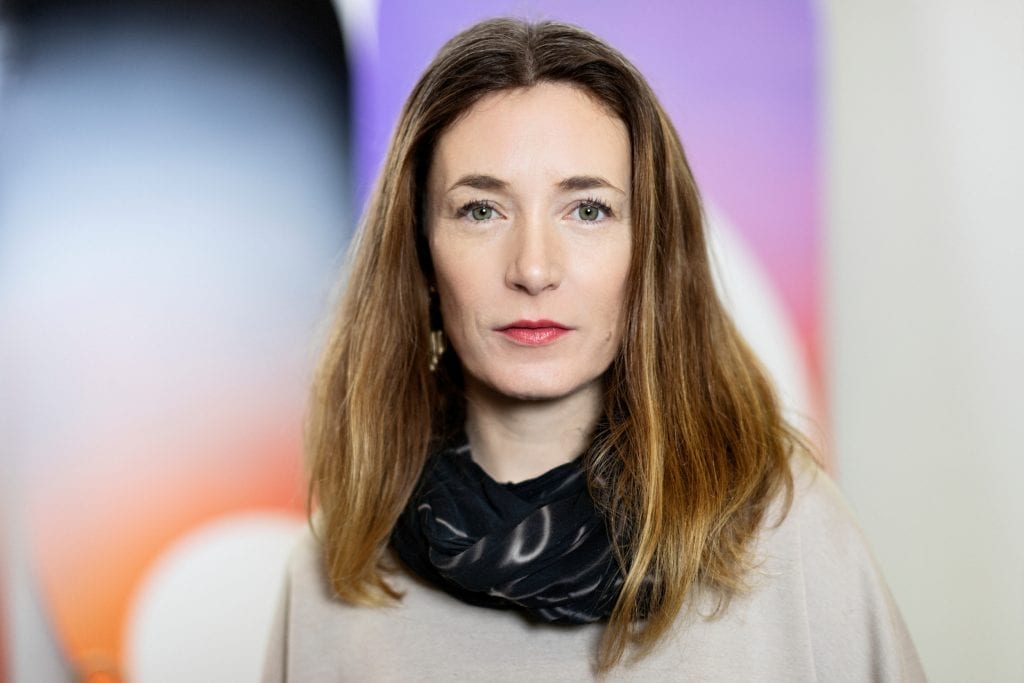Grit Richter’s work is an examination into the collective representation of experiences and memories. Though she considers herself first and foremost a painter, Richter also works in sculpture and installation. Her practice is magnetic in both its ideology and forms. The German-based artist is always in exploration of new mediums and techniques, maintaining a captivating practice that is sure to catch your eye.
You were born in and still based in Germany. Can you tell us about how the art scene has changed over time in your home country?
The art scene has changed a lot, but I don’t think that this is a German-specific phenomena. For example, I guess many more people live as visual artists than 30 years ago. Many more galleries have emerged over the years. Many more art spaces opened up, much more people started collecting art. Art, and especially young contemporary art, got a lot more publicity, which is great. On the other hand: institutional exhibitions and collections are still the most important references for visual artists, but the institutions have way less money for collecting and exhibiting young art than before. This has changed dramatically.
Also and fortunately the gender equality debate finally found its way into the art scene structures. There’s still a lot in misbalance and many shows, grants and prices are dominated by young white males, but it is intensively discussed and things are changing slowly. The structures, especially in the art scene, are unbelievably old and patriarchal, but as I said, I don’t think this is a specific issue related to Germany but a general problem. Social media like Instagram and such seem to intriguingly help a lot to democratize these structures, at least at the moment.

Your work takes on a number of mediums, from painting and sculpture to installations. Do you have a preferred medium? Why do you choose to work in so many different ways?
I really like to work in different mediums, and I literally love to explore new mediums and techniques. It‘s always a step further, a supplement, something to add to my visual catalogue of possibilities, which feels very exciting for me. Besides this love for diversity, each medium has it‘s own specialness, its own life or kind of personality, and I‘m interested in bringing these different kind of personalities together to see what happens. Every work and medium is a singular and independent position, but beyond that I‘m very interested in what happens when I bring them together. It usually opens the door to another story, a further chapter. I of course have some intentions doing this, but at the end the results are also for me a surprise, as I have to give up a lot of control. In each medium I work, there is a point during the process of creation – and I‘m searching for this! – where the work itself seems to take over control and offering me a further direction.
When I‘m working for a show, I always have some notions in my mind, how it should be at the end. And although I‘m of course a very visual person, it‘s more about how it should feel than how it should look. These notions are usually very hazy at the beginning but grow clearer and stronger during the process of developing the single works and the togetherness of the show.
Nevertheless, I see myself primarily as a painter. I love oil painting and it is what I do most. But I also create mostly all of my works in different mediums from the point of view as a painter. So, I would say I see the definition of ‚painting‘ in a very wide range. When I do an installation, bringing all my works together in a setting, it’s like composing a huge room painting to me.
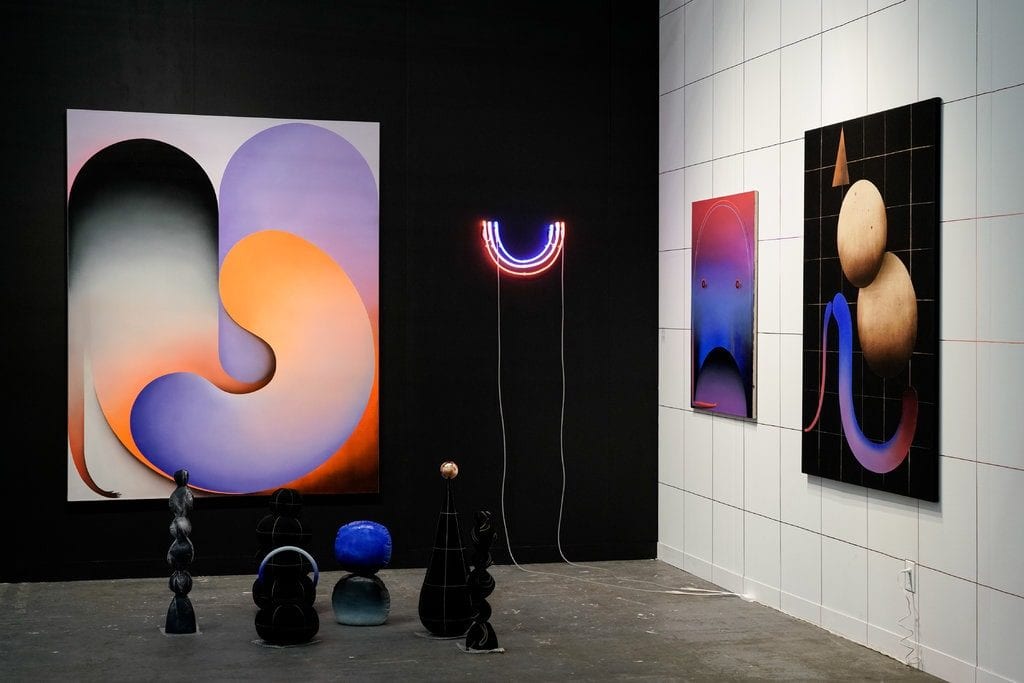
When did you become interested in representing memories in your work?
I think it was a theme from the beginning, already during my early years at art school, however, I couldn‘t have named it. It took a couple of years of reflecting, until I could name it clearly. As memories, unconsciousness and emotional movements are very hazy areas, it was difficult for me to find a definition for what I‘m really interested in my work. I could feel it, but I didn‘t have words for it. And I still think it‘s hard to put in words what is moving you in deep inside, what you feel and what role memory is playing. That‘s why I‘m lucky to be a painter, as I believe that paintings (and art in general) have the great potential of representing that hazy areas in a very poetic, nonverbal but strong, feel-able way.
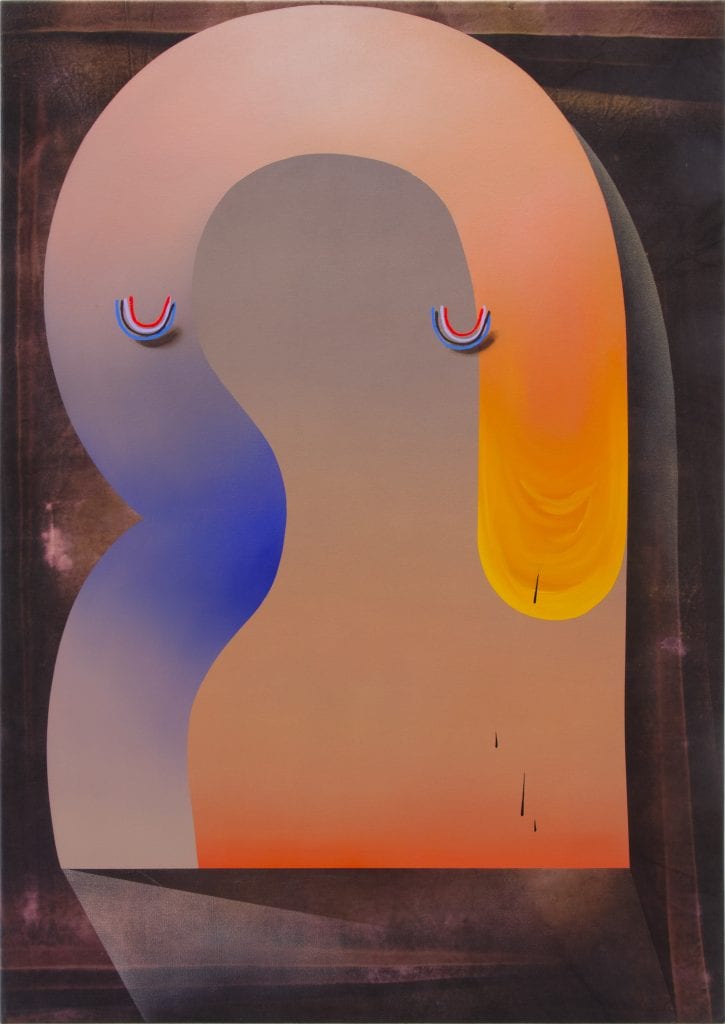
Do you try to create works based on your own memories or ones that are universally shared and understood?
My work is not about my personal memories or unconsciousness, although they are the base on which I start to develop the ideas for my works. I believe that there exists something like a collective emotional structure which we share and which connects us. In my work I‘m trying to visualize the unrepresentable, to create an aesthetic parable of our inner world, and therefore I’m trying to find a visualization that connects and hits the common points in this collective structure. In other words, I believe that we all share some universal emotions/feelings and memories, and I want to create works that connect with those common structures. I’m using a mostly abstract visual language, as for me the abstraction offers the biggest freedom to summarize and translate my themes in a universal understandable language. Yet my abstraction always reveals some figurative elements, which opens a wide space for associations and allows the viewer to explore their own way to the work.
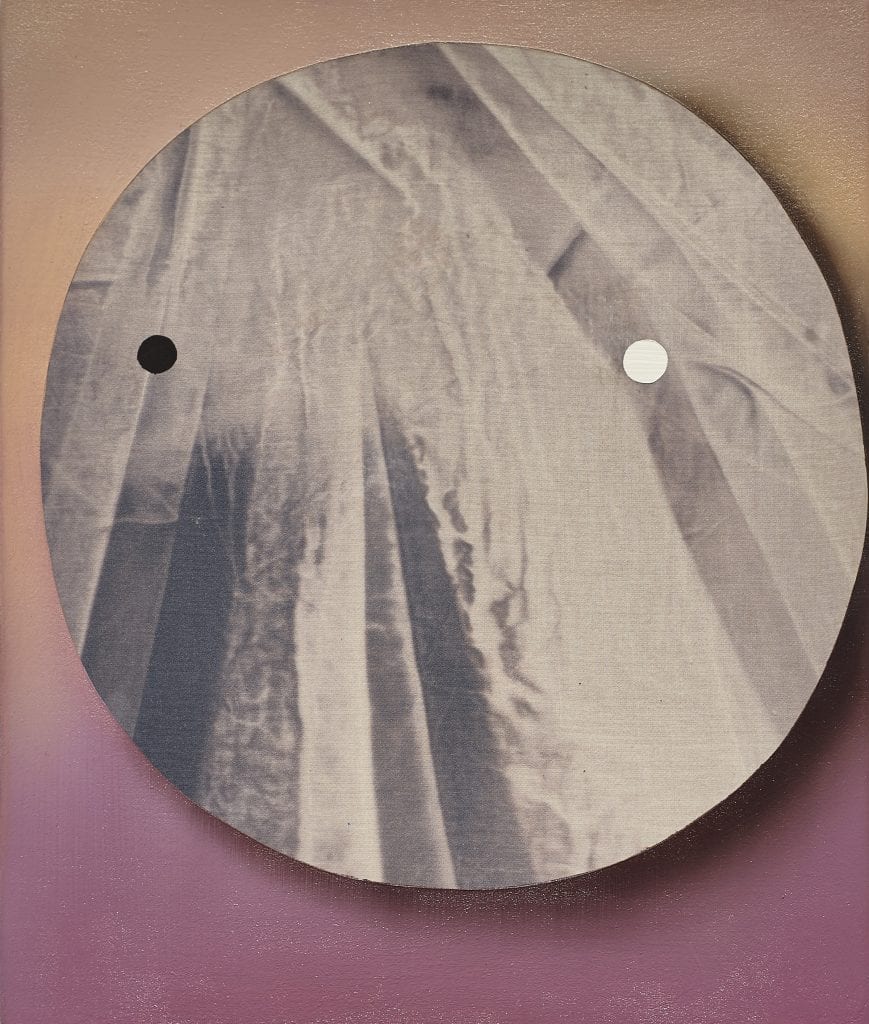
What feelings do you hope your viewer experiences upon viewing your work?
Well, this is totally up to her or him! What I hope is, that it does something to them – that it touches the viewer on the inside, that the work goes in deep resonance with them. What exactly the experience will be like, will certainly depend on the viewers personal background. But, to bring it back to the previous question, as I assume that there exists a kind of collective emotional structure, I think that the private experiences with my works might be similar and connect to the idea and intention that I had for the respective work.
Titles are also very essential to me. The title of a work lays the track to the content. But I want it to be understood as an offer; the titles are maybe poetic, maybe funny, but never describing or illustrating. I want to keep the space for the experience wide open.
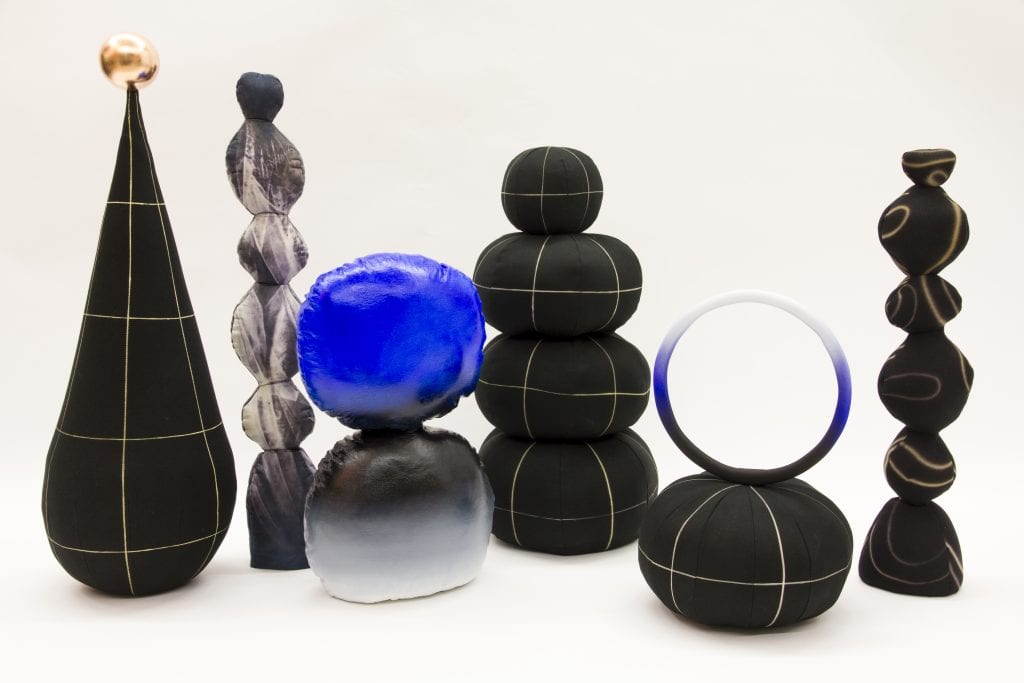
You have long been a part of the music scene in Germany. Does music and its artistry play into your art practice?
Music is super essential for me. I need a very specific music while working in the studio. Music is so nonverbal and has so much in common with painting and art at all! It’s all about emotions, relations, remembrance and unconsciousness. The right music helps me so much to get into the flow. On the other hand, with the (for me) wrong music, like whatever radio tootling sounds, I wouldn’t be able to work and concentrate. I started DJing when I was about 20 years old, same time when I started my studies at art school. No coincidence, I think. I was deep into Minimal Techno and Deep House for a couple of years, but over the time I got much more interested in experimental and ambient-ish electronic music. Meanwhile I’m far away from club music, but still very interested in Experimental and Avantgarde in all facets, although I’m not actively DJing anymore. At least at the moment, it might change again, who knows?
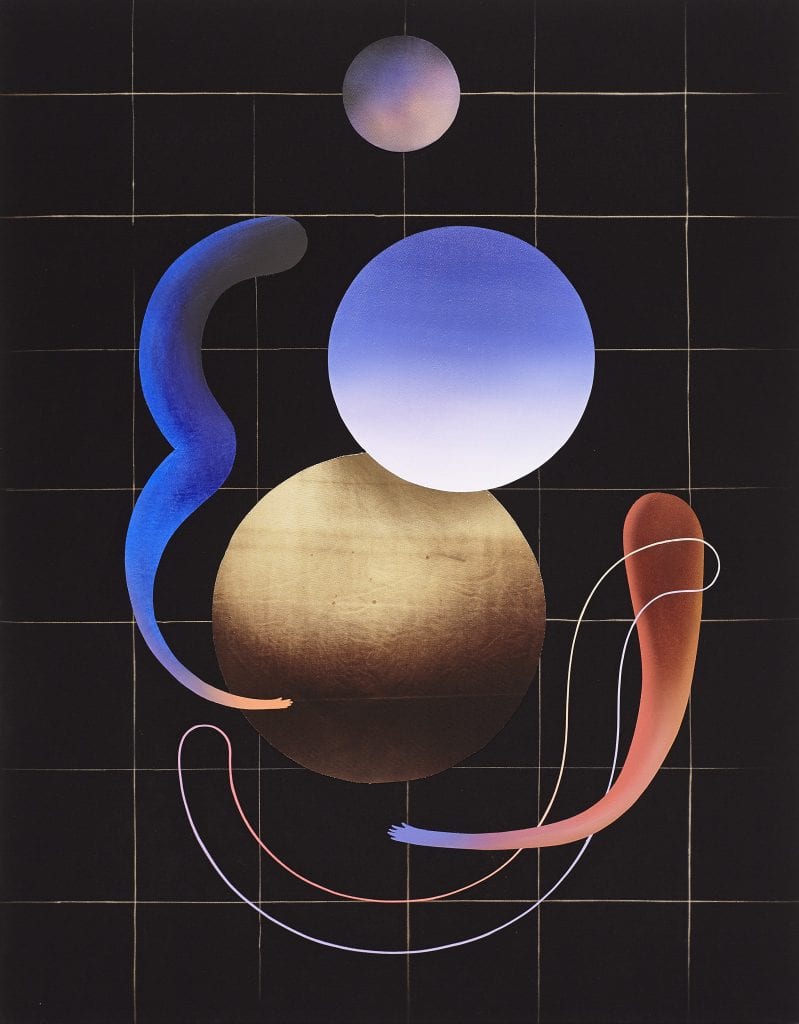
What are you most excited for this year?
To be honest, I already had a super exciting year so far where a lot of great things have happened. I’m now looking forward to a long summer break with my family. It is so important to just do nothing but maybe reading and feeling bored from time to time, to clear the head and make space for something new. The last years have pretty much felt like a rush hour to me, I had a lot of shows and work to do, I became a mother of a beautiful son and so on. So I really enjoy now the prospects of a slow summer very much. And after that I really can’t wait to go back to my studio and finish some new works for a presentation with Galerie Tanja Wagner at Art Berlin during Berlin Art Week in September – very much looking forward to this!
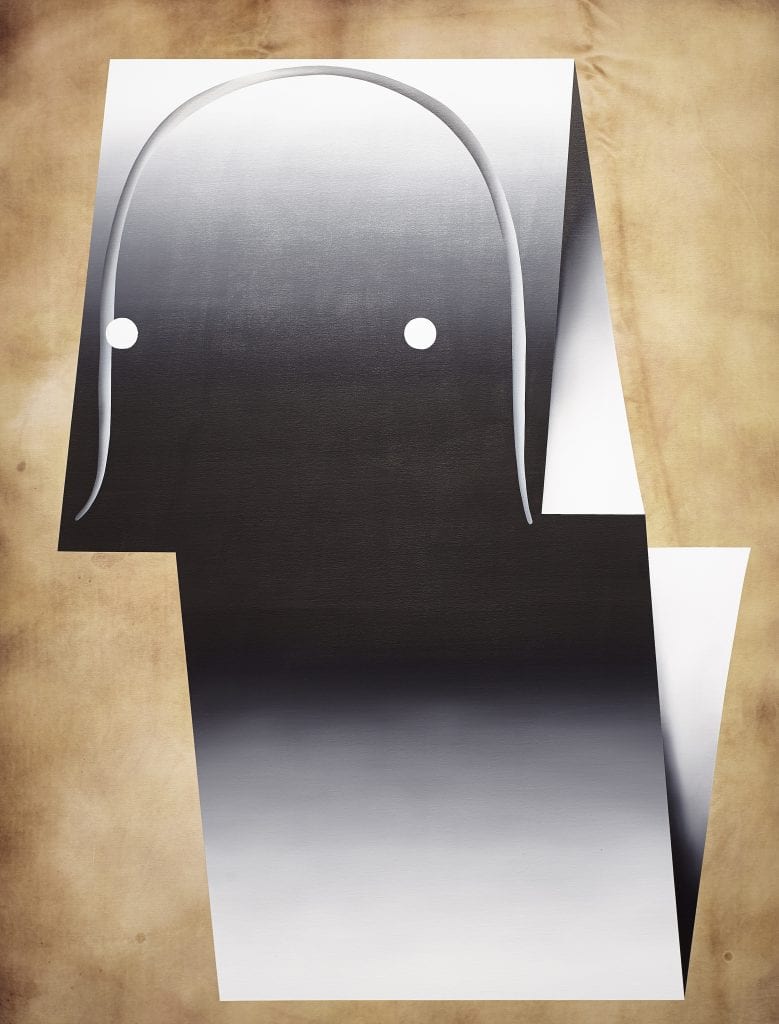
At the end of every interview, we like to ask the artist to recommend a friend whose work you love for us to interview next. Who would you suggest?
Kerstin Brätsch
Anne Neukamp
Claudia Wieser
Monika Michalko
Benedikt Hipp
